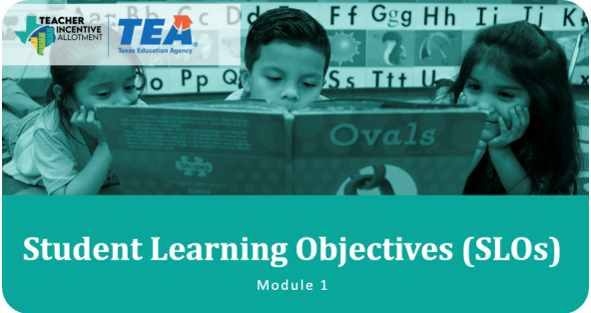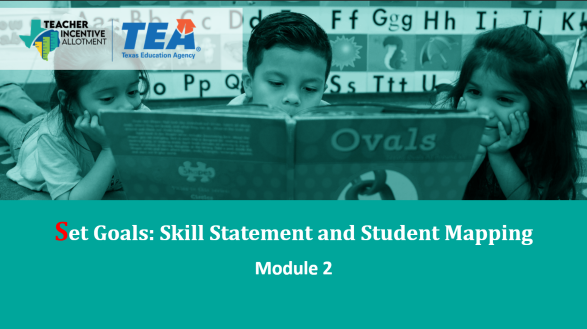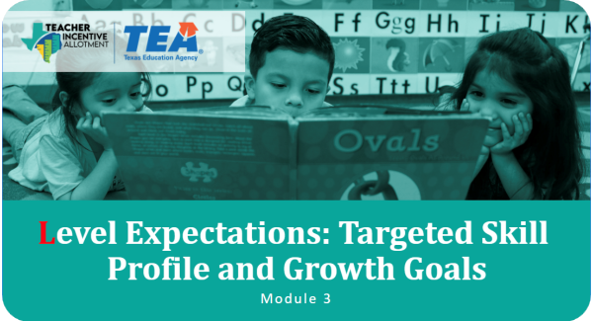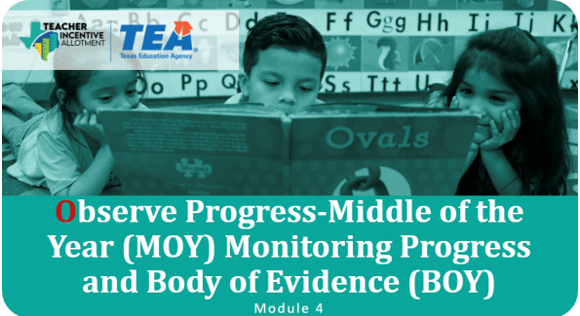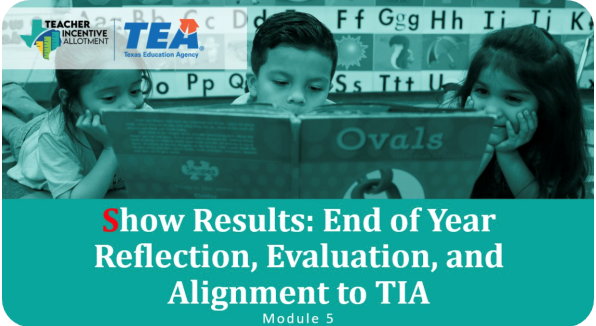Welcome to the Tx SLO Modules
Thank you for joining us. This series of modules is designed to help you explore and apply the Tx SLO (Student Learning Objectives) process in a way that’s clear, practical, and relevant to your teaching context. Whether you’re working in core content areas, CTE, Fine Arts, or beyond, these modules offer a flexible approach to supporting student growth.
Before you begin, please download the Modules 1–5 Workbook using the button below. It will serve as a helpful companion as you move through each module.
Once you complete your module you can upload your certificate through this link: Upload Certificate
Let’s get started.
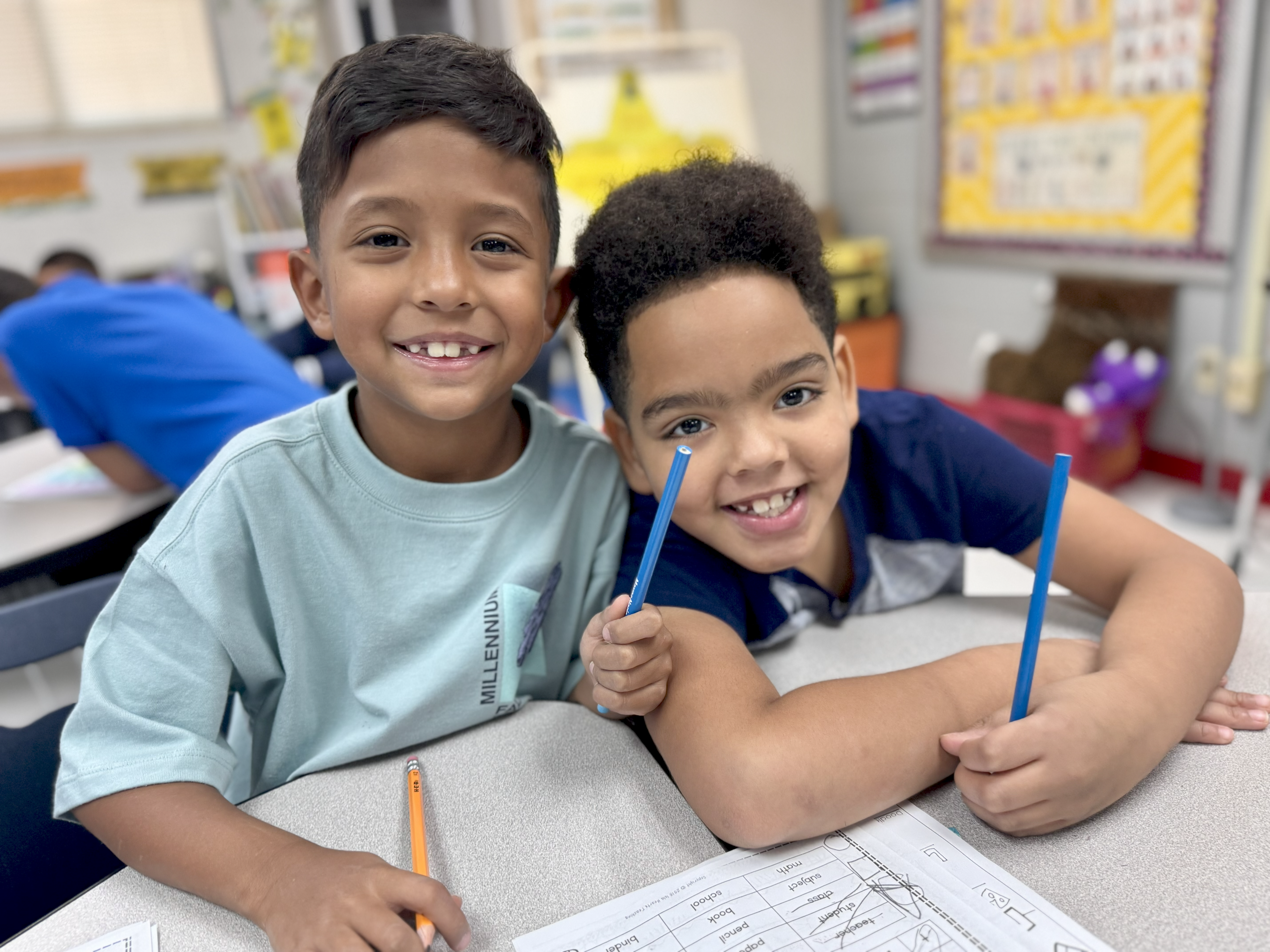
Module 1: Introduction to SLO
Discover the “why” behind SLOs.
This module introduces the Student Learning Objective process and how it supports student growth across all content areas. You’ll explore the key components of an SLO, understand its alignment with TIA and T-TESS, and see how it fits into your existing instructional practices.
Module 2: Set Goals – Skill Statement and Student Mapping
Start strong with clear goals.
Learn how to write a focused SLO Skill Statement, identify foundational skills, and use available data to map students into performance groups. This module helps you lay the groundwork for meaningful growth tracking.
Module 3: Level Expectations – Develop the TSP
Define what growth looks like.
This module walks you through the Targeted Skill Profile (TSP). You’ll learn how to set Beginning and End of Year expectations and use the TSP to track student progress with clarity and consistency.
Module 4: Observe Progress – Monitoring and the Body of Evidence
Track progress with purpose.
Explore how to build a strong Body of Evidence (BOE) using student work, formative assessments, and OER. You’ll also learn how to monitor growth mid-year and make instructional adjustments that support every learner.
Module 5: Show Results – End-of-Year Reflection and Alignment
Connect growth to impact.
In this final module, you’ll evaluate student progress, reflect on instructional strategies, and align outcomes with TIA and T-TESS goals. It’s about recognizing success and planning for even stronger results in the next cycle.
